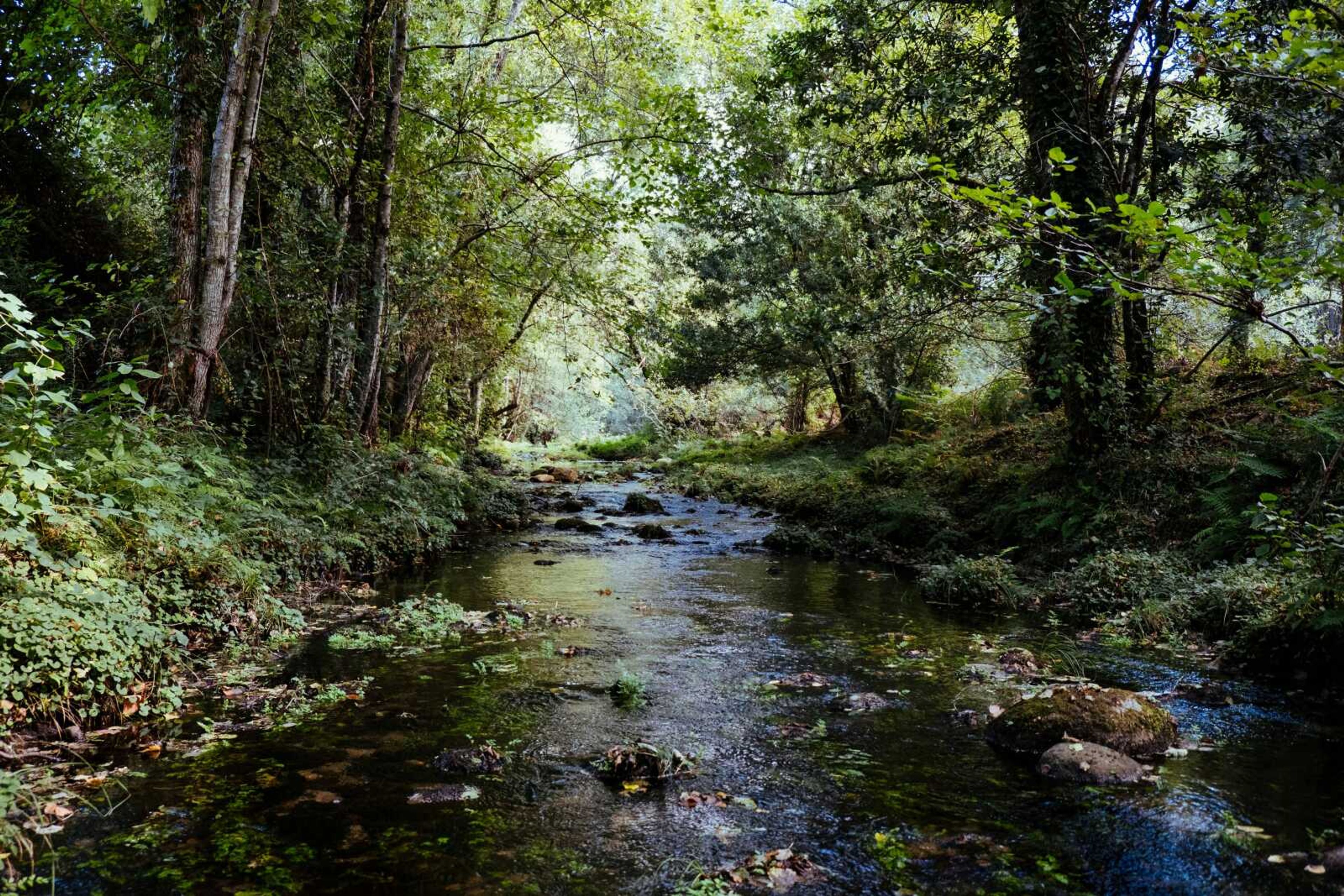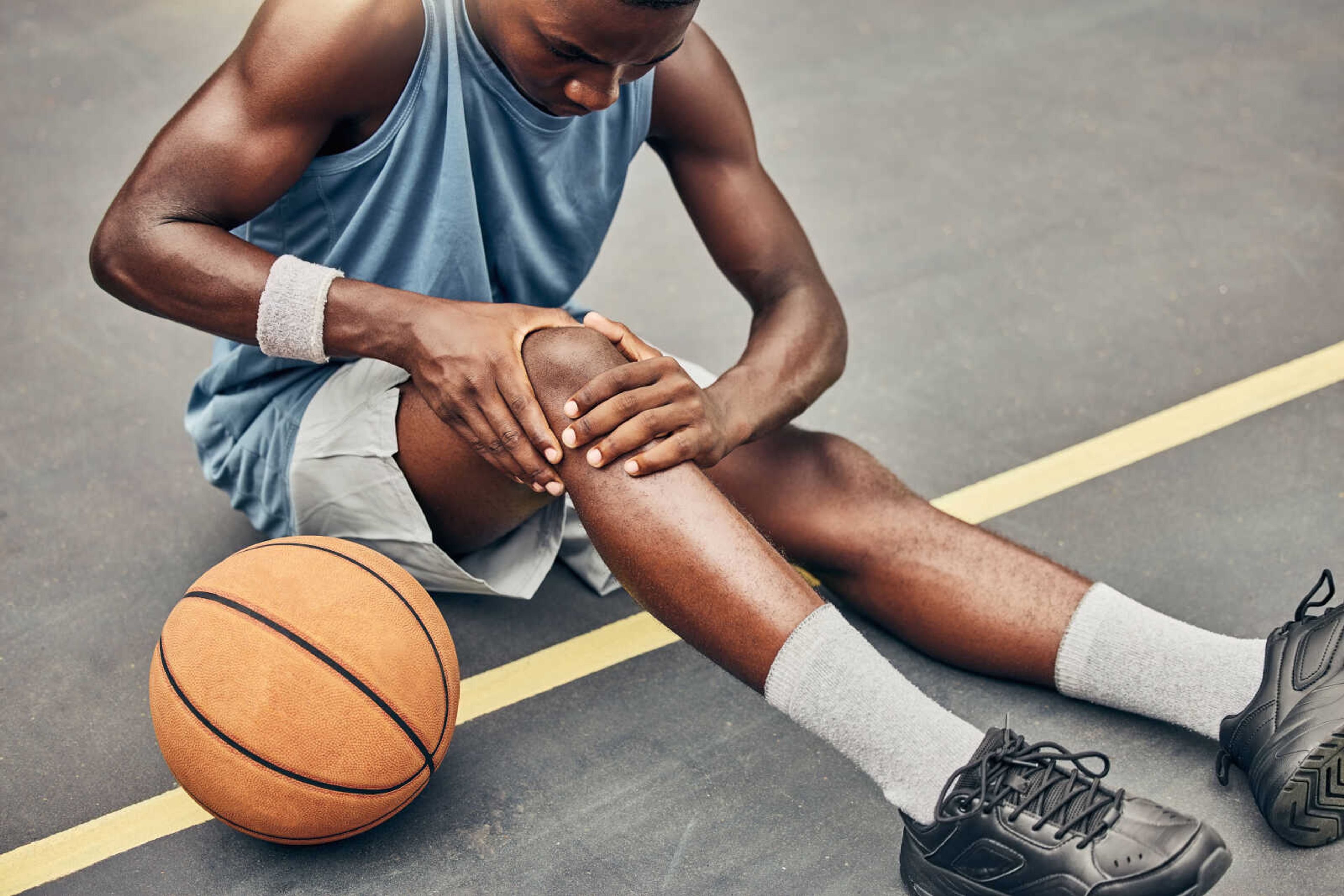Gardening small? Many fruits can be grown in containers
Many fruit growers are going to pots, and small wonder. Containers are great for tight spaces, easy to manage, convenient for harvesting, and provide better soil than is found in most gardens. "They also allow growing more experimental fruits, such as warm climate or tropical ones, if pots can be moved inside in winter,"' said Leonard Perry, an extension professor with the University of Vermont...
Many fruit growers are going to pots, and small wonder.
Containers are great for tight spaces, easy to manage, convenient for harvesting, and provide better soil than is found in most gardens.
"They also allow growing more experimental fruits, such as warm climate or tropical ones, if pots can be moved inside in winter,"' said Leonard Perry, an extension professor with the University of Vermont.
Everything from blueberries to persimmons, citrus to currents can be grown in containers. And don't forget that old standby, the clay strawberry pot.
Some potted fruits, though, may surprise.
"Pineapples are one of the easiest warm-climates fruits to grow in pots," Perry said. "There are even some grapes suited for containers."
Potting fruit does pose challenges different from those encountered when growing fruit in the ground. Some things to consider:
> Pot size: You can get by with smaller containers and less repotting if you choose wisely. It all depends on the plant. "You may need to repot every three to five years, trimming off some of the older roots, to keep plants vigorous," Perry said.
"Blueberries are one of the best choices for containers. Look for one of the newer cultivars bred for containers -- a half-high or low bush. These can be grown in pots a foot or so wide. For dwarf fruit trees, use plastic containers or a whiskey barrel half, 18 to 24 inches wide," he said. "Casters on the bottom make containers easier to move about a patio, or inside in winter in colder climates."
> Watering: Plants in containers dry out more quickly than those in the ground, and need more frequent watering.
> Fertilizing: It's safe to wait a few weeks before fertilizing since most container soils include fertilizers. Water-soluble, slow-release fertilizers generally work best. Their small capsules gradually dissolve when watered, adding nutrients to the plant mix.
> Soil types: "Pots create different drainage and air properties than soils, so don't use straight garden soil for fruit in pots," Perry said. "Use half-bagged topsoil or potting soil, with half organic matter such as peat moss or compost. Leave a couple of inches free on the top for adding fresh compost each spring."
> Longevity and yields: You naturally sacrifice yields by growing in small pots, said Elmer Kidd, chief production officer for Stark Bro's Nurseries & Orchards Co. in Louisiana, Mo. Nutrition and watering are far more important with containerized plants. "For those who want to participate in the gardening realm by growing in pots, their efforts can be respectable if their level of care is good," Kidd said.
For those who can't decide which fruit to grow, grafting can offer more choices. Consider taking what John Duarte, president of Duarte Nursery Inc. in Hughson, Calif., calls the "Cocktail Tree" route. Duarte Nursery creates trees with different varieties of the same fruit or different fruit species. A cocktail tree can be a peach tree that has an early-, mid- or late-season peach variety, or it can be a combination of peach, plum, apricot or nectarine -- all on the same tree.
"I like the fruit combinations best, but I've had better customer feedback about trees with a single fruit but producing at different times," Duarte said.
Connect with the Southeast Missourian Newsroom:
For corrections to this story or other insights for the editor, click here. To submit a letter to the editor, click here. To learn about the Southeast Missourian’s AI Policy, click here.









